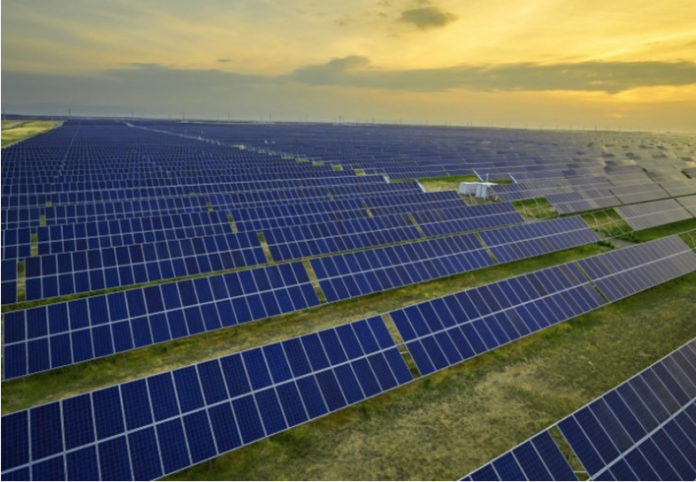SEIA submitted comments this week in response to a July Advanced Notice of Proposed Rulemaking (ANOPR) issued by the Federal Energy Regulatory Commission (FERC) on transmission reforms and new interconnection rules. The ANOPR presents an opportunity to address several transmission, interconnection and cost allocation issues, clearing the way for more equitable market access for solar and energy storage.
FERC announced the ANOPR in response to the nation’s burgeoning transition to cleaner energy — cognizant of the fact that large-scale solar projects are sited further away from the people they serve than traditional fossil fuel plants.
“As the generation fleet shifts at an unprecedented rate from resources located closer to population centers towards resources located far from load centers, we must evaluate whether our transmission planning and cost allocation and generator interconnection processes require a more innovative and anticipatory approach,” FERC Chairman Rich Glick said in a press release.
SEIA agreed the country’s transmission system hasn’t kept pace with the shift to clean energy and welcomed the reforms.
“This ANOPR is a critical step forward that gives us a chance to think big about how we break down barriers for clean energy and level the playing field for independent power producers (IPPs),” said Gizelle Wray, director of regulatory affairs and counsel for SEIA, in a statement. “SEIA’s comments focus on several critical items, including an expansion of the factors considered in transmission planning, like grid enhancing technologies and distributed energy resources, in order to maximize existing transmission. SEIA recommends eliminating participant funding so IPPs are not paying for utilities that fail to upgrade their system and considering the full suite of benefits that clean energy offers during cost allocation, among others. SEIA also requests that the Federal Energy Regulatory expand the voice of IPPs not included in a regional transmission organization. FERC must act quickly and begin the formal rulemaking process so that clean energy projects are not sitting idle while demand bubbles over and the impacts of climate change rage. We look forward to working with the Commission in this process to make historic and much needed reforms to our grid.”
Over two dozen organizations sent a letter to FERC Commissioners expressing their support for large-scale transmission. The signatories to the letter, most of which are supporters of the Macro Grid Initiative Vision Statement, include utilities, NGOs, think tanks, labor unions, state energy officials, national trade associations, agricultural and environmental organizations.
“We encourage moving toward rules that improve the structures and regulations under the Commission’s jurisdiction that enable large-scale regional and interregional transmission expansion to ensure that we have a resilient, clean, reliable and affordable power system,” the signatories wrote, citing “the fast-growing and widespread recognition of the importance of large-scale transmission to ensure that the nation’s transmission system is capable of supporting future needs.”
The letter identifies several ways electricity users benefit from transmission, such as enhancing reliability through the mitigation of threats like Winter Storm Uri and facilitating the transition to clean energy to achieve decarbonization goals. The signatories also commended FERC for “establishing the Federal-State Joint Task Force on Transmission and for seeking to work collaboratively with states in its rulemaking process.”
“The diverse group of signatories on this joint statement understand that expanding and upgrading the nation’s transmission network will deliver jobs and economic development, a cleaner environment and lower costs for consumers. The Macro Grid Initiative applauds FERC for initiating the ANOPR process, which we hope brings us one step closer to the 21st-century Macro Grid we know is needed to deliver the reliable, affordable and clean energy future that Americans want and deserve,” added Barbara Tyran, director of the Macro Grid Initiative.
Reply comments in response to the ANOPR are due in November, which could be followed by a Notice of Proposed Rulemaking.






